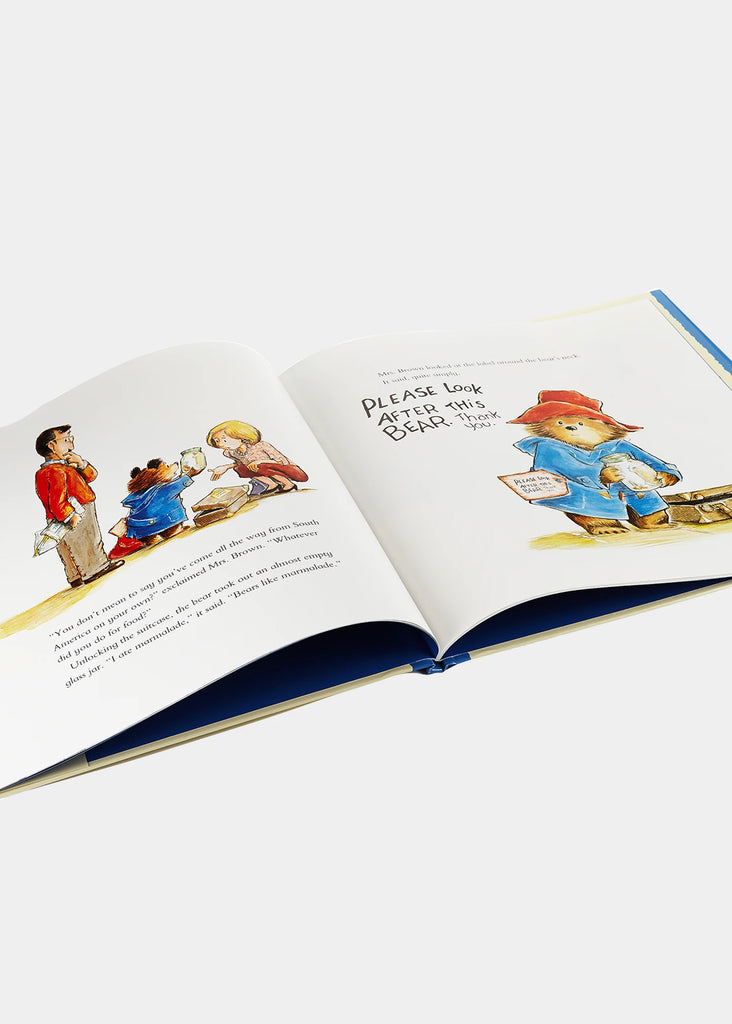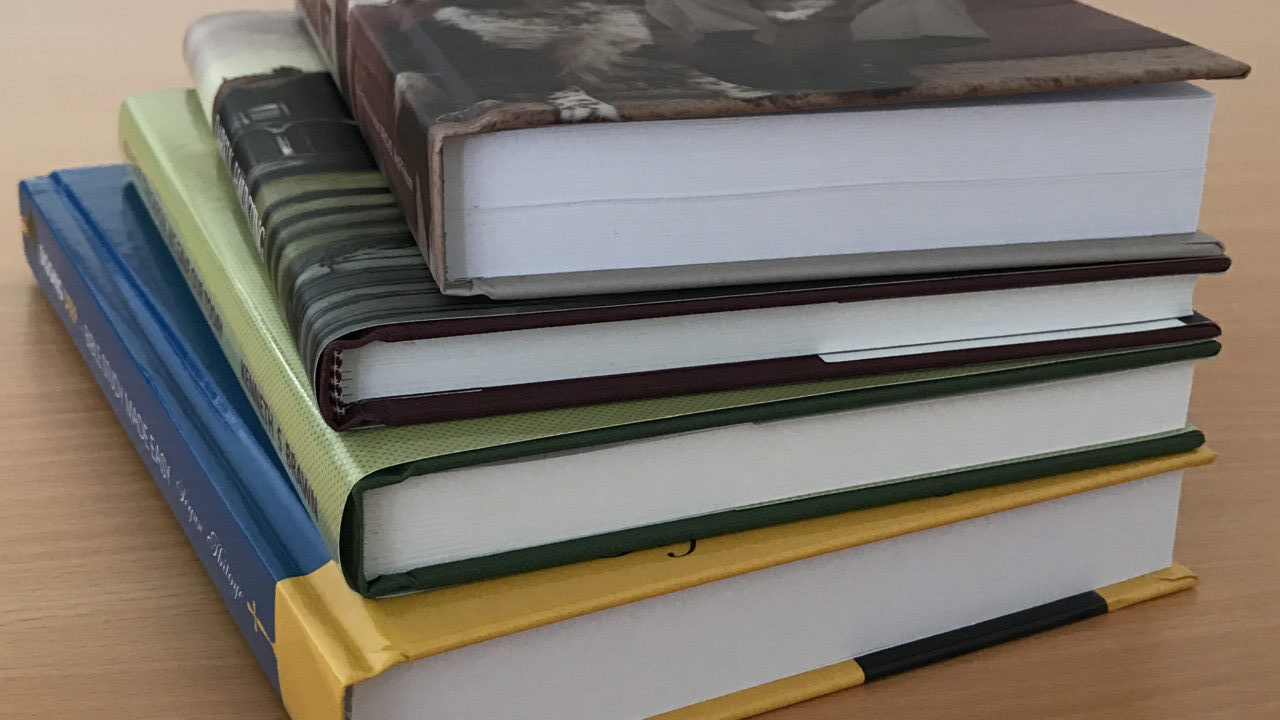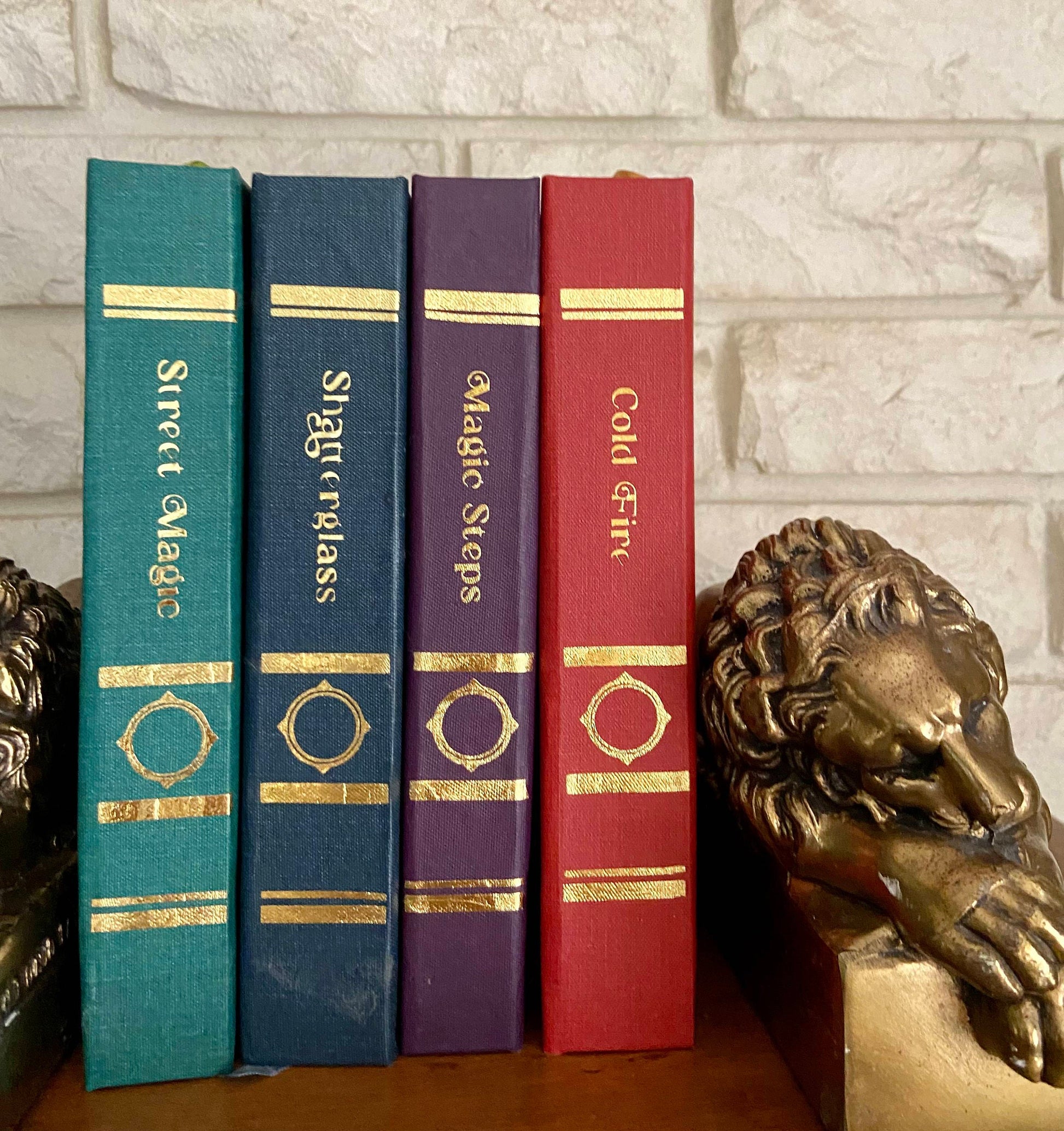Hardcover Books That Belong on Your Bookshelf
Hardcover Books That Belong on Your Bookshelf
Blog Article
A Comprehensive Guide to the Refine of Hardcover Books Printing
When you begin the journey of hardbound publication printing, comprehending the entire procedure is crucial. As you browse with binding and high quality control, you'll find that every choice affects the publication's overall appeal.
Recognizing the Hardcover Publication Framework
When you explore the world of hardbound publications, you'll swiftly see that their framework is willful and unique. The external case, commonly made of durable cardboard, supplies sturdiness and defense. You'll discover a fabric or leather treatment, which not just enhances aesthetic appeals yet additionally includes in the book's durability. Inside, the endpapers attach the cover to the text block, guaranteeing a seamless interchange.
The text block itself includes multiple signatures, or folded sheets, stitched together for stamina. You'll see that the back is strengthened, permitting a smooth lay-flat reading experience - hardcover books. Additionally, guide's weight commonly conveys a feeling of quality and permanence
Hardcover books commonly feature a dust jacket, which functions as an advertising device while shielding the cover. Comprehending these components assists you value the workmanship behind hardcover publications and their special charm in the literary world.
Manuscript Prep Work and Modifying
Obtaining your manuscript prepared for printing is important, and it starts with appropriate format standards. You'll require to understand the modifying procedure to improve your job and assure it resonates with readers. And also, grasping checking methods can assist you capture those bothersome errors before your publication goes to print.

Manuscript Formatting Guidelines
Proper manuscript format is essential for developing a professional-looking hardcover publication. Make certain to proofread your manuscript for consistency in design, making sure that whatever from punctuation to spacing adheres to your chosen guidelines. Following these steps will certainly establish a strong structure for your book.
Modifying Refine Fundamentals
Editing your manuscript is an essential action that can transform it from an outline into a polished final product. Start by reviewing your work critically, concentrating on flow, clarity, and framework. Seek incongruities in your story, character growth, or argumentation. It's practical to take breaks in between rounds of modifying to acquire fresh viewpoints. Do not think twice to cut unnecessary content or rephrase unpleasant sentences; this will enhance readability. Consider seeking feedback from relied on peers or specialist editors that can supply valuable insights. Remember, editing isn't practically repairing errors; it has to do with improving your voice and ensuring your message resonates with viewers. Welcome the procedure, and you'll see your manuscript luster.
Proofreading Strategies Summary
As soon as you have actually polished your manuscript via editing and enhancing, the following action is to ensure it's totally free of mistakes that might distract visitors. Read your manuscript out loud-- this aids you listen to uncomfortable wording and place typos. Think about printing your manuscript; reading on paper can disclose mistakes that screens miss out on.
Designing guide Cover and Inside
When you're making your book cover and interior, you'll wish to concentrate on vital layout components that capture your audience's attention. Choosing the ideal typography styles and very carefully selecting colors and images can make all the difference in communicating your book's motif. Allow's check out just how these selections can raise your work and bring in readers.
Essential Design Components
Developing an eye-catching book cover and a properly designed inside is important for attracting visitors and boosting their experience. Begin with the cover; it's your impression. Choose colors and images that reflect your book's motif and mood. Ensure your title stands apart and is clear, also in thumbnail size.
For the inside, emphasis on format and white space. A clean, organized style helps visitors browse easily. Take into consideration using chapter headings and subheadings to guide them with the material. Aesthetic elements, like images or graphics, can also enhance involvement yet must match the message, not overwhelm it. Keep in mind, a cohesive style throughout your book fosters a specialist appearance that can substantially impact a viewers's decision to pick it up.
Picking Typography Styles
Typography plays an important role in both the book cover and indoor style, forming how visitors perceive your content. When picking typography styles, consider your book's category and target market. A classic serif font style might function well for literary fiction, while a contemporary sans-serif could match a contemporary story. Guarantee readability; your text needs to be easy on the eyes, specifically for longer flows. Focus on font size and line spacing, as these aspects affect total flow. Mixing fonts can add rate of interest, yet restrict it to two or 3 to keep coherence. Finally, think regarding pecking order-- utilize various designs for headings and body text to guide readers easily through your work. Your typography options will substantially impact the viewers's experience.
Shade and Imagery Selection
Selecting the appropriate colors and imagery is vital for catching viewers' attention and communicating your book's themes. Begin by considering your style; vibrant shades could function for a children's publication, while low-key tones match a secret story. hardcover books. Use imagery that resonates with your material-- images, pictures, or abstract styles can boost your message
Think of the feelings you wish to stimulate. Cozy shades can develop exhilaration, while cool shades frequently share calmness. When creating the cover, ensure the images does not bewilder the title and author's name; quality is vital. Inside, use regular color pattern that enhance your typography. This cohesive technique not just raises your publication's aesthetic but likewise improves the reader's experience, making it a lot more remarkable.
Choosing the Right Paper and Products
When choosing paper and products for your hardbound book, it's important to contemplate how they'll affect the general feel and look of your task. Beginning by article choosing the ideal paper weight; heavier stock typically shares quality and resilience, while lighter paper can produce an extra delicate touch. Consider the surface as well; glossy paper boosts images and colors, while matte can offer an innovative, underrated look.
Do not neglect about the cover products. Towel, natural leather, or published paper can establish the tone for your book. If your task consists of pictures, select acid-free paper to stop yellowing over time. Additionally, think of the binding materials; utilizing high-quality sticky warranties your book lasts.
Eventually, the selections you make below mirror your vision, so take the time to example various products (hardcover books). Your options will certainly help produce a publication that's not just visually enticing but likewise resilient and functional
The Printing Process: Methods and Technologies
A variety of printing techniques and technologies can bring your hardcover publication to life, each offering one-of-a-kind advantages. Digital printing is a prominent selection for short runs, allowing for quick turn-around and cost-effective solutions.
For special effects, you may think about strategies like aluminum foil stamping or embossing, which can add a lavish touch to your cover. Furthermore, you can select different inks, consisting of eco-friendly alternatives that cater to eco mindful visitors. Understanding these methods assists you make notified decisions, guaranteeing your hardcover book not only looks fantastic however additionally satisfies your production needs effectively. Choose the best method to boost your publication's allure and effect.
Binding Methods for Hardcover Books
Numerous binding techniques can change your hardcover book into a appealing and resilient item. Another technique is the ideal binding, which makes use of adhesive to hold the pages with each other, enabling for a sleek back but much less resilience contrasted to situation binding.
You could additionally think about spiral binding, which enables your publication to lay flat, making it perfect for handbooks or workbooks. However, it doesn't provide the very same protective cover as case binding. There's the saddle stitch technique, suitable for smaller books, where sheets are folded up and stapled together. Each binding technique has its advantages and web link fits different needs, so think of your book's objective and audience when selecting the most effective choice for your project.
Quality Assurance and Last Touches
After choosing the right binding method for your hardbound book, quality assurance ends up being vital to verify your final item fulfills your expectations. Start by checking the published pages for any kind of errors or disparities in color and format. You do not intend to miss any typos or misprints that might influence your visitors' experience.
Following, inspect the binding stability. Validate the web pages are firmly affixed which the spine is strong. A well-bound publication not only looks expert however also really feels resilient in your hands.
In addition, pay focus to the cover. Look for any kind of scuff marks or misalignments in the artwork. Make sure they're used regularly across all duplicates. if you have actually chosen for unique finishes like embossing or foil stamping.
Ultimately, conduct an extensive evaluation of the whole set prior to relocating to circulation. This method, you can validate that every book mirrors your high standards.
Often Asked Questions
The length of time Does the Hardcover Book Printing Process Usually Take?

What Is the Minimum Order Quantity for Hardbound Books?
The minimum order amount for hardcover publications typically starts around 100 duplicates, but it can differ based upon the printer. You ought to consult your selected printing solution for their particular needs and rates.

Can I Print Hardcover Books in Customized Sizes?
Yes, you can print hardcover publications in custom sizes. Many check my blog printing solutions provide adaptability with measurements, permitting you to select a format that matches your job. Simply confirm the specs prior to placing your order.
Exist Eco-Friendly Options for Hardcover Book Printing?
Yes, you can locate environmentally friendly alternatives for hardcover book printing. Lots of companies utilize recycled products and sustainable inks. Simply ask your printer regarding their eco-friendly techniques to ensure your job straightens with your ecological values.
What Are the Prices Related To Hardcover Publication Printing?
When considering hardbound book printing expenses, you'll require to factor in products, design, and printing techniques. Additional expenditures like delivery and binding can additionally impact your general budget, so strategy appropriately for your task.
When you commence the journey of hardbound book printing, recognizing the whole process is necessary.A range of printing techniques and technologies can bring your hardbound publication to life, each offering one-of-a-kind benefits. How Lengthy Does the Hardbound Publication Printing Process Generally Take?
The hardcover publication printing process typically takes about 2 to 6 weeks.Yes, you can discover environmentally friendly choices for hardcover book printing.
Report this page